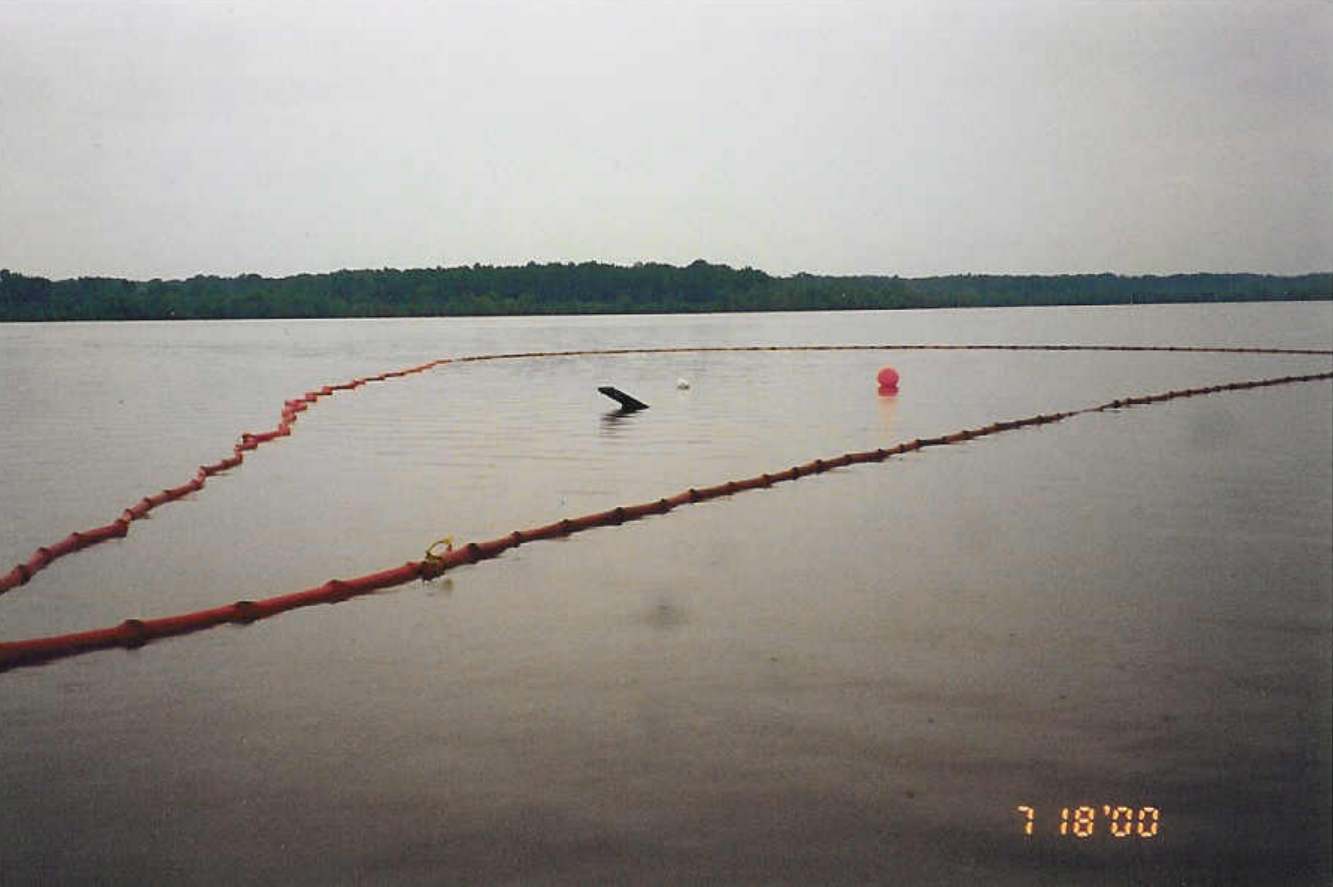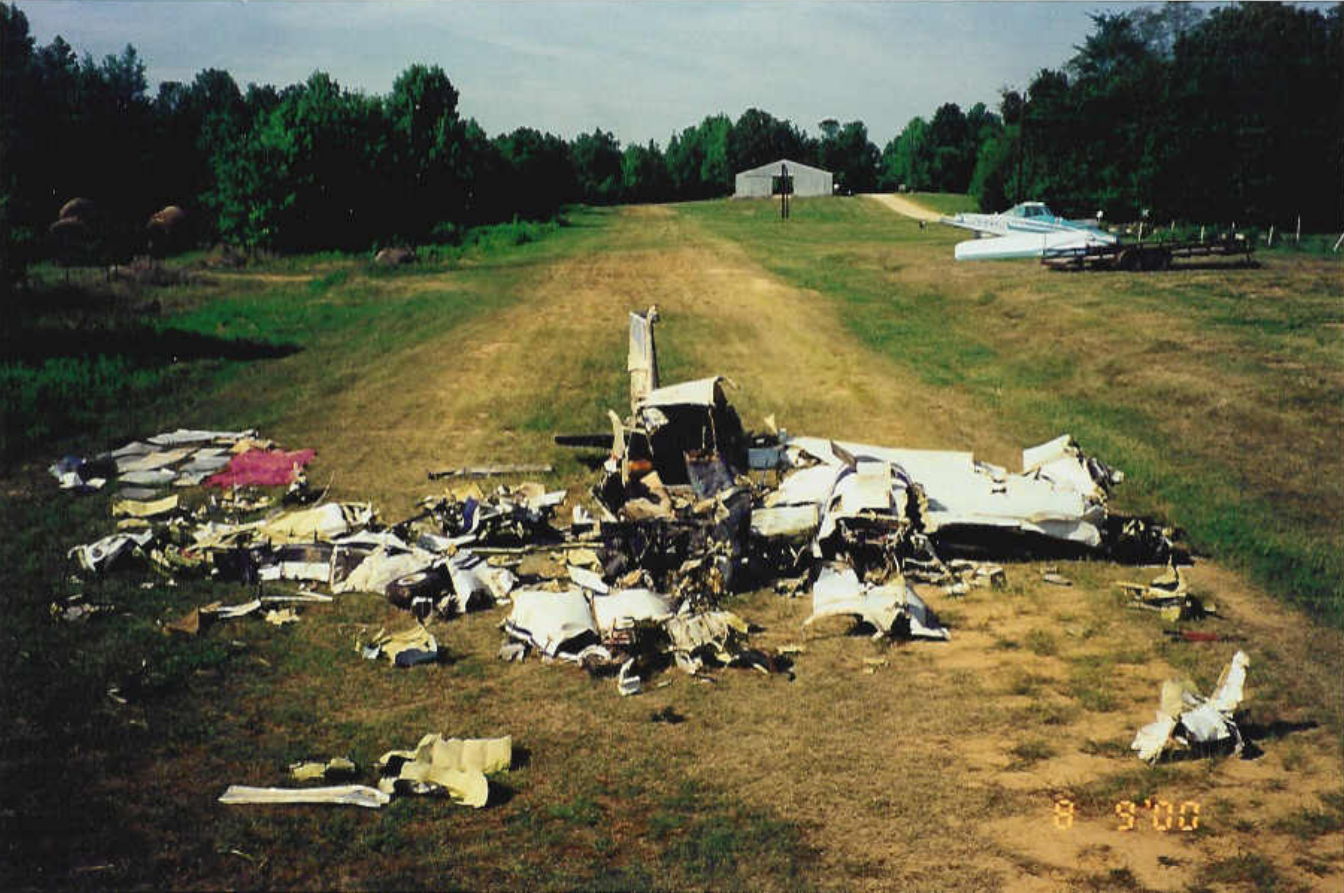
ASN Wikibase Occurrence # 30094
This information is added by users of ASN. Neither ASN nor the Flight Safety Foundation are responsible for the completeness or correctness of this information.
If you feel this information is incomplete or incorrect, you can submit corrected information.
| Date: | Monday 17 July 2000 |
| Time: | 12:03 |
| Type: |  Beechcraft 58 Baron |
| Owner/operator: | AirNet Systems Inc |
| Registration: | N158MT |
| MSN: | TH-1186 |
| Total airframe hrs: | 4869 hours |
| Engine model: | Continental IO-520-CB |
| Fatalities: | Fatalities: 1 / Occupants: 1 |
| Aircraft damage: | Destroyed |
| Category: | Accident |
| Location: | Hernando, MS -
 United States of America United States of America
|
| Phase: | En route |
| Nature: | Cargo |
| Departure airport: | Memphis International Airport, TN (KMEM) |
| William P. Hobby Airport, TX (KHOU) | |
| Investigating agency: | NTSB |
| Confidence Rating: |
On July 17, 2000, about 1203 central daylight time, a Beech 58, N158MT, registered to and operated by AirNet Systems, Inc., as Star Check Flight 484, experienced a pilot reported electrical fire in-flight and crashed into Arkabutla Lake, Hernando, Mississippi. Visual meteorological conditions prevailed at the time and an instrument flight rules (IFR) flight plan was filed for the 14 CFR Part 135 non-scheduled, domestic, cargo flight, from Memphis, Tennessee, to Houston, Texas. The airplane was destroyed and the commercial-rated pilot, the sole occupant, was fatally injured. The flight originated about 1154, from the Memphis International Airport, Memphis, Tennessee.
Approximately 7 minutes after the flight departed while flying at 6,000 feet mean sea level (msl), the pilot radioed the controller advising, "star check four eighty four we're gonna shut the master switch off we've got a electrical fire." The controller asked the pilot to repeat the transmission to which he again reported he was going to shut off the master switch. The controller advised the pilot of the location of a nearby airport to which the pilot replied, "standby." Approximately 20 seconds after the pilot first advised the controller of an electrical fire, the pilot declared an emergency and advised the controller the flight was descending. The controller advised the pilot of a nearby grass airstrip to which the pilot questioned the location and, "...we need to land immediately." The controller again advised the pilot of the location of the grass strip; there were no further communications from the accident pilot. Witnesses located near the accident site reported seeing smoke or what was described as "vapor trail" or "dust" trailing the airplane before it impacted the water on Arkabutla Lake. Radar data indicates transponder beacon returns continue every 4.6 seconds when reviewed in 1-minute increments beginning at 1154:06, until 1201:54, when the last transponder beacon return indicated the airplane was at 5,400 feet msl. A primary uncorrelated radar return was observed in close proximity to the last correlated transponder return, and continue approximately every 4-5 seconds until 1203:31. Review of the primary radar returns revealed between 1201:59, and 1203:21, the target was noted to bank to the left from a southerly heading to a northeasterly heading; the final two uncorrelated radar returns indicates the airplane banked to the right where the last return was noted over a section of Arkabutla Lake. Before recovery of the airplane, a section of the horizontal stabilizer was noted above the surface of the water. The right wing and cockpit from the forward carry-thru spar forward were fragmented. The left wing was separated but comprised of mainly 1 piece. Examination of the cockpit revealed heat damage was localized on the pilot's side of the airplane behind the instrument panel. The battery switch was found in the off position while both alternator switches were found in the on position. A 10-gauge electrical wire which acts as a jumper between the W15 and W11 bus bars on the left hand subpanel was fractured and exhibited evidence of arching on the supply side wire. The surface of a pilot air control located in the area of the arched 10-gauge wire exhibited arching damage on the surface which was comprised in part of tin. Tin was not detected on the undamaged area of the pilot air control. The damaged 10-gauge wire was noted to be comprised in part of tin. A rigid aluminum line for the left fuel flow and pressure indicator gauge was noted to be cracked, sooted, and bulged in the area on the pilot's side of the instrument panel near the combination oil pressure/oil temperature/cylinder temperature gauge. The line exhibited features associated with overstress fracture at an elevated temperature. A rigid aluminum line for left oil pressure was noted to have a section missing; the line exhibited features associated with overstress fracture at an elevated temperature. Post accident testing to duplicate the as-found condition of the 10-gauge wire revealed the large ball on the end of the accident wire could be duplicated when a compressive load was applied to the 10-gauge wire shorting it to ground, and current from the batteries supplying current to the 10-gauge wire. Additional post accident testing of current limiters with various loads applied revealed the current limiters opened at decreasing times with an increase in current applied. Review of the emergency checklist for the airplane pertaining to electrical smoke or fire revealed a pilot is directed to shut off the battery and both alternator switches.
Probable Cause: The arcing of an electrical wire behind the instrument panel and the associated cracking of fuel and oil lines. Also causal was the pilot's inappropriate remedial action not in accordance with the emergency checklist.
Accident investigation:
 |
|
Sources:
NTSB
https://data.ntsb.gov/Docket?ProjectID=49735
FAA register: 2. FAA: http://registry.faa.gov/aircraftinquiry/NNum_Results.aspx?omni=Home-N-Number&nNumberTxt=158MT
Location
Images:


Photos: NTSB
Revision history:
| Date/time | Contributor | Updates |
|---|---|---|
| 27-Sep-2008 01:00 | ASN archive | Added |
| 04-Mar-2016 00:51 | Dr.John Smith | Updated [Time, Operator, Total fatalities, Total occupants, Other fatalities, Location, Country, Phase, Nature, Departure airport, Destination airport, Source, Damage, Narrative] |
| 21-Dec-2016 19:16 | ASN Update Bot | Updated [Time, Damage, Category, Investigating agency] |
| 21-Dec-2016 19:20 | ASN Update Bot | Updated [Time, Damage, Category, Investigating agency] |
| 12-Dec-2017 18:59 | ASN Update Bot | Updated [Operator, Departure airport, Destination airport, Source, Narrative] |
| 22-Sep-2022 18:20 | Aerossurance | Updated [Location, Source] |
Corrections or additions? ... Edit this accident description
The Aviation Safety Network is an exclusive service provided by:


 ©2024 Flight Safety Foundation
©2024 Flight Safety Foundation